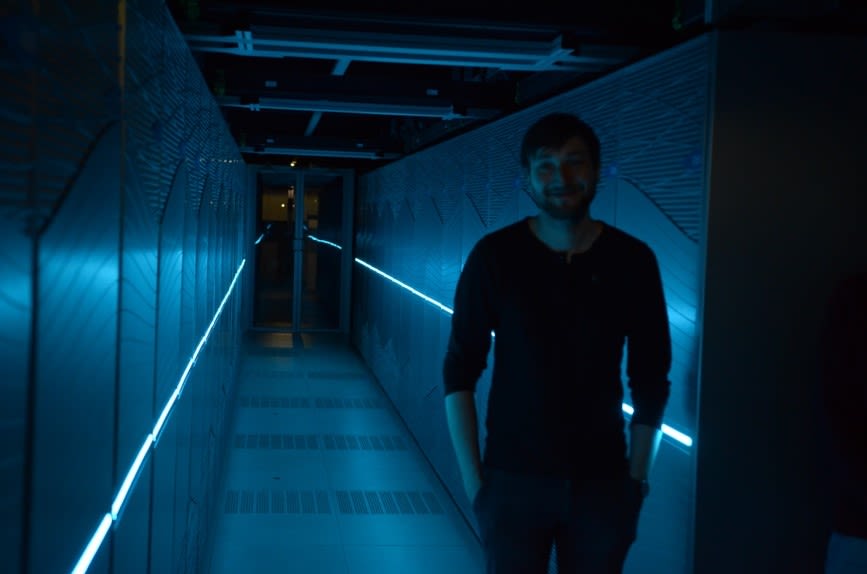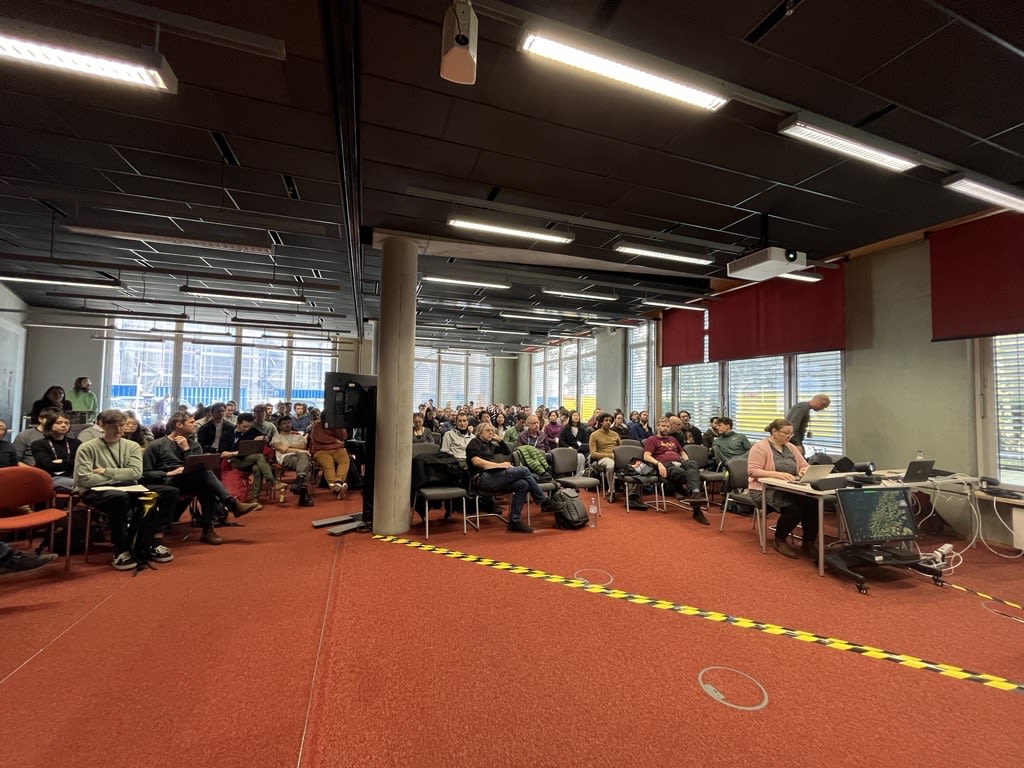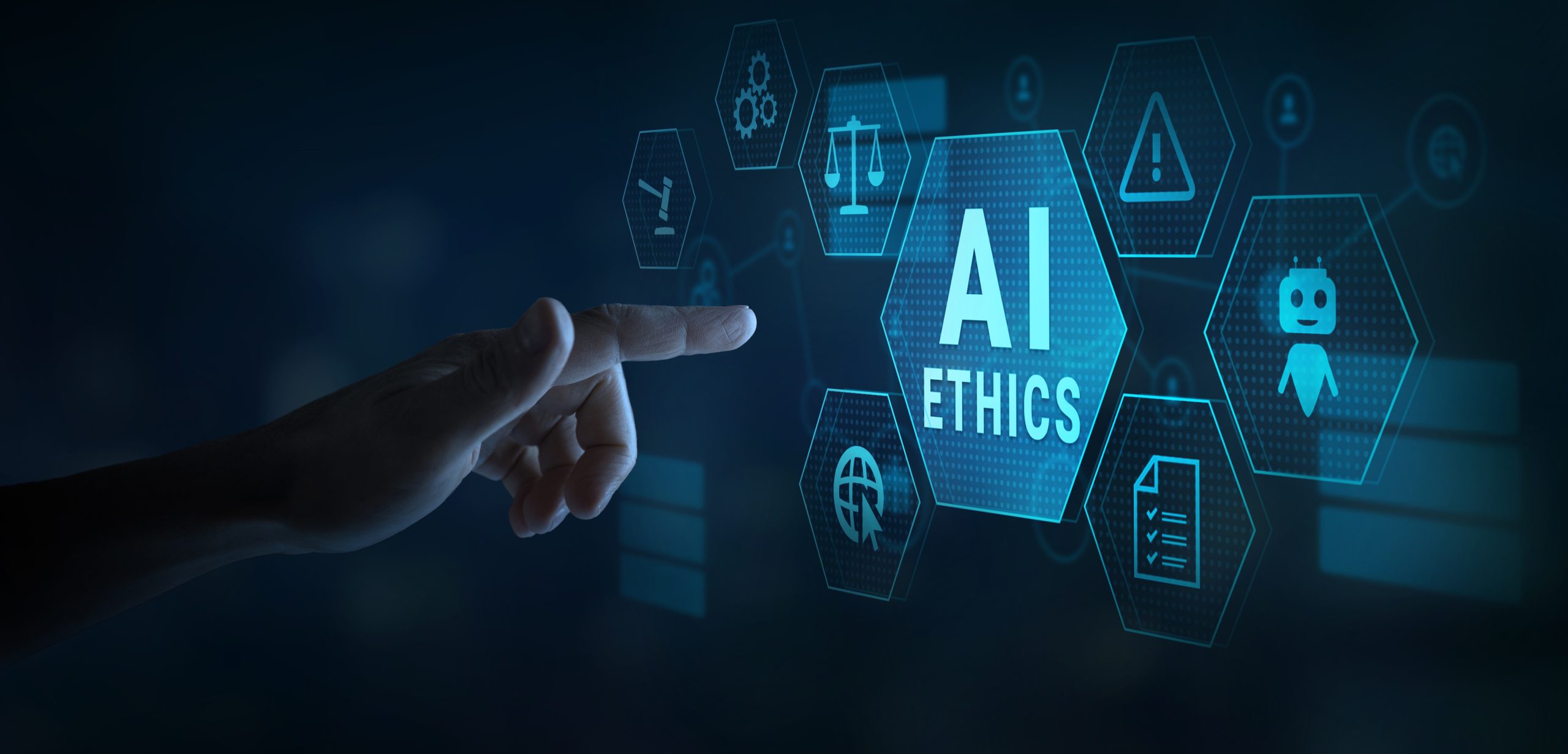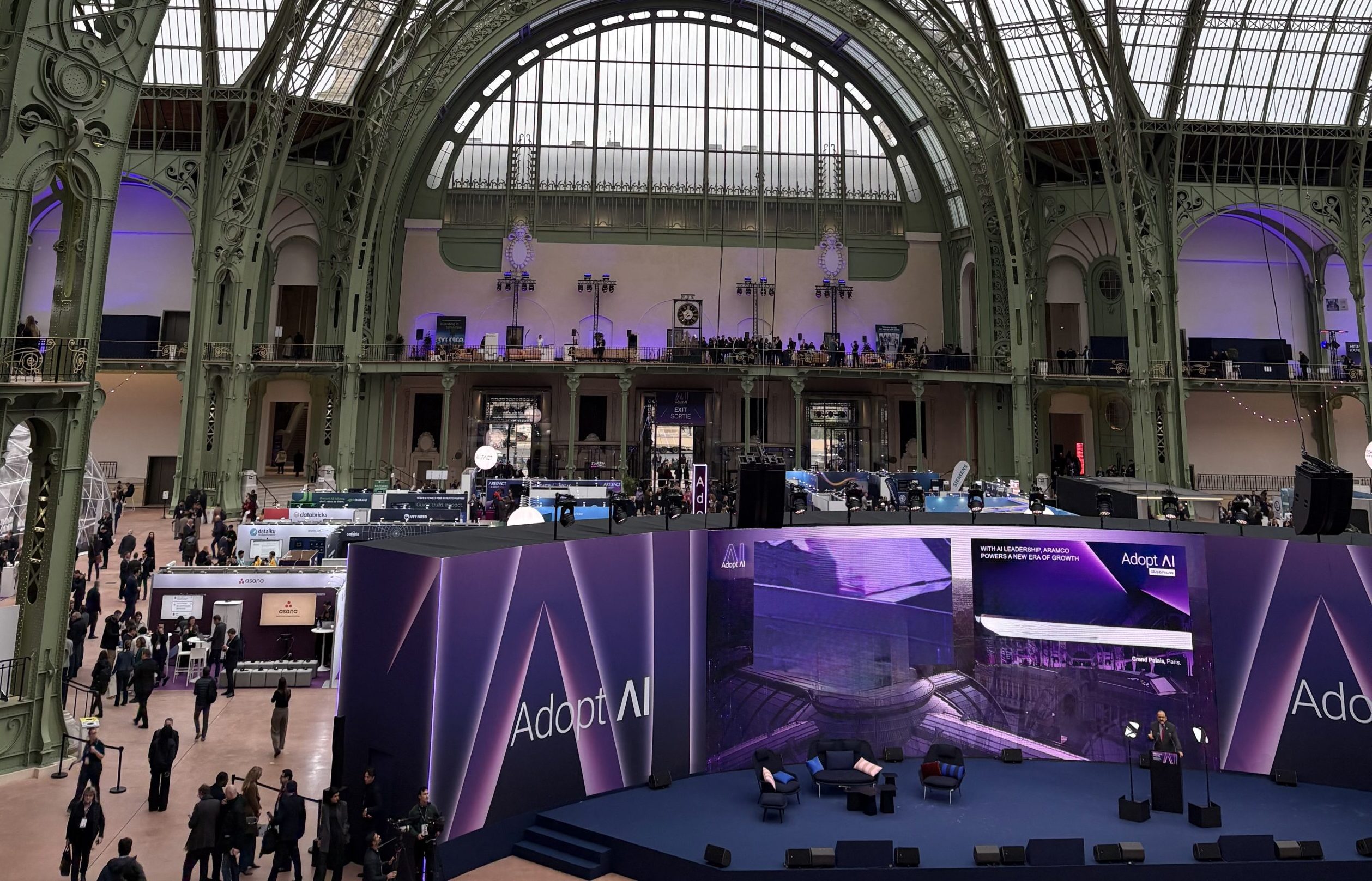
First 30-year climate projections simulations at kilometre-scales, a key development for building the next generation of storm- and eddy-resolving Earth-system models
Coinciding with the start of its fourth hackathon, the Horizon 2020 project nextGEMS completed the first multi-decadal climate projection simulations at km-scales, after a few weeks of continuous running of the IFS-FESOM and ICON models on the Levante supercomputer of the German Climate Computing Centre (Deutsches Klimarechenzentrum, DKRZ). Reaching this milestone only 2 ½ years after the start of the project is an extraordinary achievement only made possibly through close cooperation between some of the leading scientists and institutions in Europe. The nextGEMS efforts to develop the next generation of storm-and eddy-resolving models is key for the Destination Earth initiative of the European Commission, as the nextGEMS models underpin its Climate Change Adaptation Digital Twin (Climate DT).
nextGEMS recently held its fourth hackathon in Hamburg (Germany) on 4-8 March 2024, at the premises of the Max Planck Institute for Meteorology (MPI-M). On the first day of the event, the nearly 130 participants received an exciting present: the completion of the first 30-year climate projection carried out by the ECMWF and AWI teams using the coupled atmosphere, land, ocean and sea ice model based on ECMWF’s Integrated Forecasting System (IFS) and the Alfred Wegener Institute’s (AWI) Finite-VolumE Sea ice-Ocean Model (FESOM); and several runs of 20 and 10 years with the ICON (ICOsahedral Non-hydrostatic) model jointly developed by the German Weather Service (DWD), Max-Planck-Institut für Meteorologie, (MPI-M), Deutsches Klimarechenzentrum (DKRZ), Karlsruhe Institute of Technology (KIT) and the Center for Climate Systems Modeling (C2SM).
The ICON projection, running on DKRZ’s supercomputer Levante, has now reached the 30 years milestone end of March 2024.

The participants in the hackathon took the opportunity to dive into these exciting simulations straight away using the novel ways of handling and analysing the extremely vast amount of data set-up since nextGEMS has started.
On this occasion the hackathon was co-organised with two other European climate modelling projects which are also centred on the development of km-scale models: the European H2020 project Eddy-Rich ESMs (EERIE) and the German BMBF project WarmWorld, in which ECMWF is also involved.
Pioneering multi-decadal climate projections at km-scales
nextGEMS stands for Next Generation Earth Modelling Systems and aims to develop “storm- and eddy-resolving” or “km-scale” Earth-system models – that is, models able to represent more explicitly key processes in the atmosphere, land, ocean and sea-ice, as well as the coupling between the Earth system components.
Two global storm-resolving Earth system models are being developed – with resolutions of 2 to 10 km in the atmosphere and ocean: IFS-FESOM and ICON. At these resolutions, important climate-relevant phenomena like deep convection, mesoscale ocean eddies, and cracks in the sea ice become, to a large extent, resolved. The models will be applied to study the Earth system and how its climate will change over the next three decades.
One of the central ideas of nextGEMS is to have fast development cycles. This iterative process involves running the models, then evaluating the results during hackathons. The insights gained from these events inform enhancements to the models, which are subsequently implemented before initiating the next cycle of runs. Since September 2021 when nextGEMS has started, there were 3 such development cycles, before producing the so-called multi-decadal production runs the participants analysed in the 4th hackathon in Hamburg.
The modelling teams involved have thus produced several simulations at various resolutions and of various length with IFS-FESOM and ICON. The simulations were gradually extended from 75 days in the first cycle of nextGEMS to 30 years in the most recent runs on DKRZ’s Levante supercomputer explored by the participants in the Hamburg hackathon. Resolutions varied between 10km and 2.8km in the atmosphere, and 25 km and 5 km in the ocean and sea ice.

Hackathons are a very important element of a fast-paced project like nextGEMS, with rapid model development cycles of only 8 months. After each cycle, a hackathon was held with scientists across disciplines from all the 14 countries involved in the project and other guests. At each hackathon participants are divided into different working groups to examine the simulations and then exchange about the latest findings and developments in the plenary.
Participants studied the results, experimented with the data issued from the simulations or discovered flaws, and collaborated to address them. Most importantly, they exchanged new ideas to solve old problems or to anticipate new challenges. Every model cycle was an opportunity to put the models’ performance under the microscope.
The nextGEMS simulations create a high-definition view of our planet as it can be seen from these fascinating visualisations of the winds, sea-ice cracks, or ocean mixed layer depth.
Atmospheric 2m temperature (contours) and surface ocean currents (shading) in the coupled nextGEMS Cycle 3 IFS-FESOM simulation at 5 km resolution. Visualization: Nikolay Koldunov (AWI) Simulation: Thomas Rackow (ECMWF)
Sea ice concentration over the first 8 months in the coupled IFS-FESOM Cycle 2 simulation with 2.5km IFS and 5km FESOM2 Credit: Thomas Rackow (ECMWF). Nikolay Koldunov (AWI).
FESOM/ IFS 5 km ocean simulation of the mixed layer depth over the Gulf Stream area. The deep mixed layer apears in red. Storms and fronts lead to mixed layer deepening. Credit: nextGEMS/ Thomas Rackow (ECMWF) – Nikolay Koldunov (AWI).
Thomas Rackow coordinates the IFS-FESOM development within Destination Earth and the nextGEMS modelling efforts at ECMWF, focusing in particular on the coupling of the AWI FESOM2 ocean and sea-ice model with IFS. Together with Nikolay Koldunov from AWI, Thomas has also produced several stunning visualizations of sea ice, winds, and ocean circulation from the nextGEMS runs.
Thomas, what is the role of hackathons within nextGEMS?
“They have a central role. After the completion of each simulation cycle, the nextGEMS community evaluates the results. The first hackathon took place in Berlin in October 2021. Based on the feedback of each hackathon, we updated the models and refined them for the next simulation cycle.
Above all, nextGEMS hackathons are an incredible source of exchanges, very rewarding after months of work, with some of the most experienced scientists working together to solve the same challenges as the early career scientists discovering the nextGEMS world. It never gets boring, and I am already looking forward to the next one.
So, for me the hackathons are really the lively heart of nextGEMS and I think we have been building a great international community that will continue beyond the project’s end.”
Could you tell us more about the latest 30 years simulations? Was it planned to be ready for the hackathon?
“It was planned, but in this fast-paced environment and with the occasional unexpected struggles you can never be sure to deliver in time. In the end, however, thanks to the hard work of a lot of people, we always managed to produce the planned simulations on time, which is an amazing achievement given it is the first time simulations of these lengths are produced at these scales, and on a variety of HPC architectures. Every cycle turned out to be a precious source of information for everyone, and these last simulations, our ‘production’ runs, running continuously for a few weeks on one of the largest supercomputers in Europe and providing 30-year coupled climate simulations at km-scale, were eagerly awaited by all our partners. The simulations start in 2020 and run until 2050, following the SPP3-7.0 scenario. The eddy-resolving ocean is initialized from a stand-alone ocean simulation, spun up for 5 years.
What’s important is the technological achievement of running the first multi-decadal simulations at these scales, of having new ways of creating statistics on-the-fly for the model output, and of being able to easily analyse the data with the new methods we devised in nextGEMS. Equally important is the fact that these simulations will allow scientists to tackle science questions that our previous shorter simulations cycles could not address.”

Irina Sandu is Director for Destination Earth at ECMWF and has been involved in nextGEMS since its inception.
Irina, how did nextGEMS emerge?
“We are a part of nextGEMS since its inception four years ago, when we shaped the idea together with Bjorn Stevens of the Max Planck Institute for Meteorology (who is now the coordinator of nextGEMS) and many other experts across 14 of our Member States. At the time we were participating in EUREC4A, an ambitious international field campaign that measured tropical clouds and their interactions with the atmosphere, the ocean and waves, that had itself a hugely collaborative component.
The latest advances in supercomputing, including the emergence of exascale computing, and the substantial efforts made in the last years in Europe to adapt our weather and climate modelling models and their underlying infrastructures to novel supercomputing architectures, made simulations like the ones we now do in nextGEMS become a real possibility. With the urgency of the climate crisis in mind, came the idea to pool resources to develop the next generation of Earth system models at storm-and-eddy-resolving resolutions and apply them to study how the climate will evolve over the next decades. Then, the European Union’s Horizon 2020 programme was a golden opportunity to fund these ideas, through nextGEMS. And it’s really inspiring to see how much was achieved in the 2 ½ years since the project has started.”
What are the connections between nextGEMS and Destination Earth?
“Europe has a great tradition of cooperation in science, especially in the areas of weather and climate. ECMWF and our close cooperation with our 35 Member and Cooperating States, and more generally the ecosystem of the European Meteorological Infrastructure, are clear examples of this.
NextGEMS and DestinE build on this success story of European cooperation, as well as the decades of European investment and leadership in weather and climate science, to make rapid steps towards developing and operationalising the next generation of km-scale models.
NextGEMS directly feeds into DestinE, given that the nextGEMS models are used for the Climate Adaptation Digital Twin, developed by Finland’s CSC-IT Center for Science together with partners from 6 European countries, through a contract procured by ECMWF. IFS at km-scale resolutions is also used in the global component of the weather-induced extremes digital twin developed by ECMWF within DestinE. ECMWF is developing the Weather-induced Extremes Digital Twin of DestinE together with a large European consortium led by Météo-France that is developing a regional on-demand component of this digital twin. ECMWF is also developing the Digital Twin Engine for DestinE.
nextGEMS tested many of the features that will be used for the Climate DT, for example multIO, one of the tools included in our Digital Twin Engine, which allows post-processing of the data on the fly, avoiding storing on disk where possible and thus a better handle on the huge volumes of data generated by these fine scale simulations. The improvements to the nextGEMS models stemming from the hackathons will also feed into DestinE’s Digital Twins, as well as in ECMWF’s operational forecasts and the ERA6 reanalysis of the Copernicus Climate Change Service.
The synergies between projects like nextGEMS and EERIE on one side, and the DestinE initiative on the other side are a perfect example of how the complementarity between investments in science through the Horizon programme and in digital technologies through the Digital European Programme puts Europe at the forefront in the development of km-scale models and digital twins of the Earth.
And it’s very exciting and a great pride for all of us involved in the first simulations in nextGEMS to see what 3 years back was just a dream, is now becoming a reality, and how fast!”
Destination Earth is a European Union funded initiative launched in 2022, with the aim to build a digital replica of the Earth system by 2030. The initiative is being jointly implemented by three entrusted entities: the European Centre for Medium-Range Weather Forecasts (ECMWF) responsible for the creation of the first two ‘digital twins’ and the ‘Digital Twin Engine’, the European Space Agency (ESA) responsible for building the ‘Core Service Platform’, and the European Organisation for the Exploitation of Meteorological Satellites (EUMETSAT), responsible for the creation of the ‘Data Lake’.
We acknowledge the EuroHPC Joint Undertaking for awarding this project strategic access to the EuroHPC supercomputers LUMI, hosted by CSC (Finland) and the LUMI consortium, Marenostrum5, hosted by BSC (Spain) Leonardo, hosted by Cineca (Italy) and MeluXina, hosted by LuxProvide (Luxembourg) through a EuroHPC Special Access call.
More information about Destination Earth is on the Destination Earth website and the EU Commission website.
For more information about ECMWF’s role visit ecmwf.int/DestinE
For any questions related to the role of ECMWF in Destination Earth, please use the following email links:
Press and Communications enquiries
Main photo: courtesy LUMI/CSC-IT Center for Science


